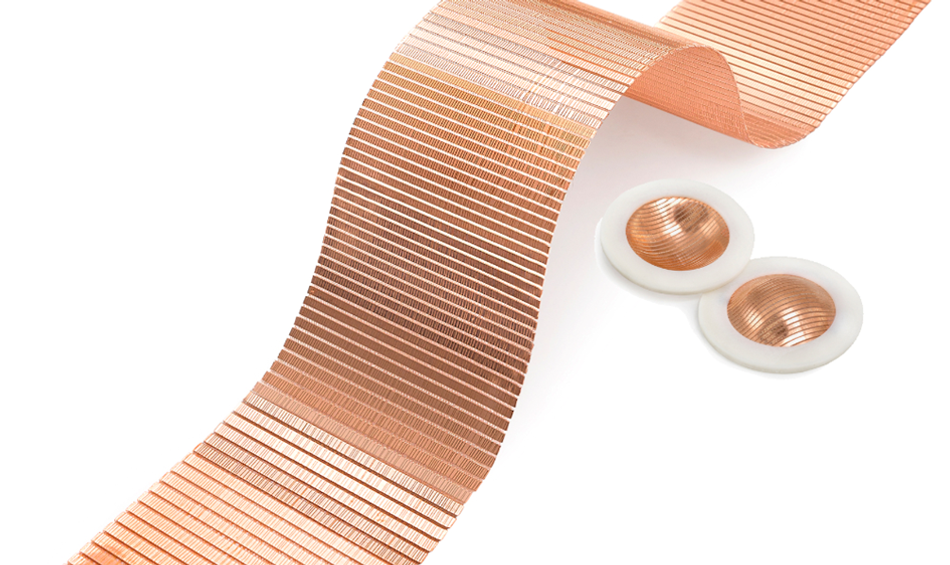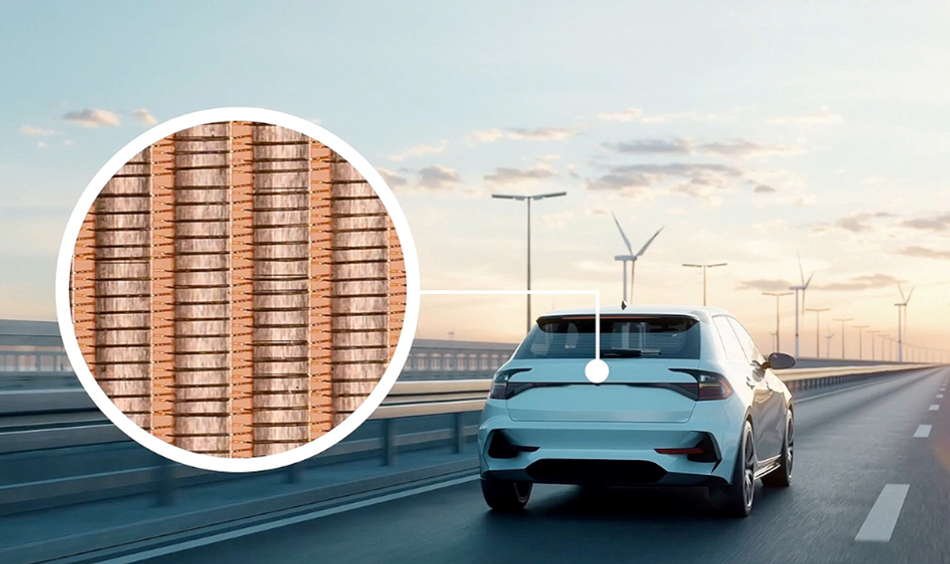Electromagnetic Compatability protection in industry: The indispensable pillar for safe and reliable systems
In a world that is increasingly dependent on electronic technology, EMC protection plays a vital role in a wide range of industries. Whether in automotive, aerospace or power generation, EMC protection is essential for the reliability, safety and performance of electronic systems.
In a world that is increasingly dependent on electronic technology, electromagnetic compatibility (EMC) protection plays a vital role in a wide range of industries. Whether in automotive, aerospace, power generation or building services, EMC protection is essential to ensure the reliability, safety and performance of electronic systems.
This requires a variety of techniques and materials. One of the most basic methods is the use of metal shielding, such as housings, cages and foils made of aluminium, copper or galvanised steel. These metal shields guide the radiation around sensitive components, preventing interference. Ferromagnetic materials such as iron and nickel can absorb and deflect magnetic fields to reduce radiation. EMC filters, consisting of components such as capacitors and coils, are used in power supply and signal processing circuits to suppress high frequency interference. Proper grounding is essential to dissipate unwanted electrical currents and minimise EMC problems. Twisted pair cables are commonly used in data transmission technology, where signal lines are twisted in pairs to reduce susceptibility to electromagnetic interference.
EMC-compliant layouts also play an important role, allowing careful placement of traces, components and shielding on PCBs to minimise susceptibility to interference. Specialist engineers and designers take EMC requirements into account from the outset to avoid problems and identify them at an early stage. In some cases, software-based solutions can be used to detect and resolve problems. The choice of specific techniques and materials depends on the application, regulatory and technical requirements. Combinations of these methods and materials are often used to ensure effective EMC protection in electronic systems.
Changing technology
The automotive industry has changed dramatically in recent years, particularly with the advent of electric vehicles. These are equipped with a variety of electronic components that are critical to their function and safety. These include systems such as battery management, drive electronics and infotainment systems. EMC protection plays a key role in ensuring that these components function properly and are not compromised by electromagnetic interference. Interference from electromagnetic waves can not only lead to a loss of performance but can also endanger the safety of the vehicle occupants.
The critical frequency range in electric cars extends from the low kilohertz to the gigahertz range, which causes strong electromagnetic emissions in the electronics between the electric motor and the battery. Voltages of 48 to 800 V with high currents are present in the high-voltage network of electric cars. Without effective shielding, this leads to significant interference in the vehicle's electronics, including safety-related control and infotainment systems. The charging of the traction batteries, both inductive and conductive, also generates disturbing stray radiation, including low-frequency interference signals in electronic modules controlling acceleration and braking. The importance of electromagnetic shielding in electric vehicles is emphasised by legal requirements ranging from EU directives to ICNIRP and CISPR to protect vehicle occupants and technical systems.
High-performance, flexible round and flat wire mesh solutions
In addition to traditional round wire meshes, innovative flat wire meshes offer electromagnetic and mechanical advantages. This solution, developed and customised by Haver & Boecker, allows a higher surface density for a comparable mesh size compared to conventional shielding, resulting in significantly higher performance. Measurements show excellent shielding attenuation in the MHz range, relevant for onboard electrical systems in electric cars, aerospace applications and other areas such as building and medical technology.
The meshes also offer excellent mechanical stability, low weight and optimum adaptability to installation conditions. State-of-the-art manufacturing ensures precision and repeatability, and the properties of the moulded parts can be precisely defined by parameters such as wire diameter and mesh width. Flat wire mesh is flexible and dimensionally stable, making it ideal for enclosing or covering components. Large-area shielding, including battery encapsulation, can also be achieved. It also provides a high level of protection against condensation, overpressure and explosion hazards in the event of an accident. For various applications, fabric elements are combined with plastic or metal housings and fasteners. In the field of electromagnetic compatibility (EMC), the moulded parts are equipped with stamped or stamped-bent parts such as metal surrounds or EMC springs. An innovative welding process is used to ensure that induced eddy currents are safely dissipated via the weld seams.
EMC protection in other applications
Other areas where newly developed round and flat wire meshes are being used include medical imaging systems (MRI, CT), data centres and the aerospace industry, with its extremely high demands on the safety and reliability of systems. Modern aircraft, for example, are equipped with sophisticated electronic navigation and communication systems. An EMC failure could affect the accuracy of navigation or disrupt communication with the flight control centre, which could also lead to serious safety problems. Another area is power generation. This includes power plants and energy infrastructures that rely on a continuous supply of electricity. Building technology is also heavily influenced by electronic systems that ensure comfort, safety and energy efficiency. Intelligent building automation solutions control lighting, heating, air conditioning and security systems.
EMC protection is essential in the connected and electronic world of industry. From automotive and aerospace to power generation and building services, it is a critical factor in the safety, reliability and performance of electronic systems. Companies and organisations in these industries should consider EMC protection a priority to avoid catastrophic failures and safety risks. It is foreseeable that more applications will be added in the future.
Tailored to the process
The choice of material for woven wire meshes depends on the customer's requirements and the application. Haver & Boecker offers a wide range of high-tech wire meshes that provide high-quality solutions for EMC-critical assemblies in electric mobility. Haver & Boecker's experts work together with the customer to develop custom moulded parts that meet specific manufacturing requirements. Ready to learn more? Gain in-depth insight with the exclusive EMC white paper.




